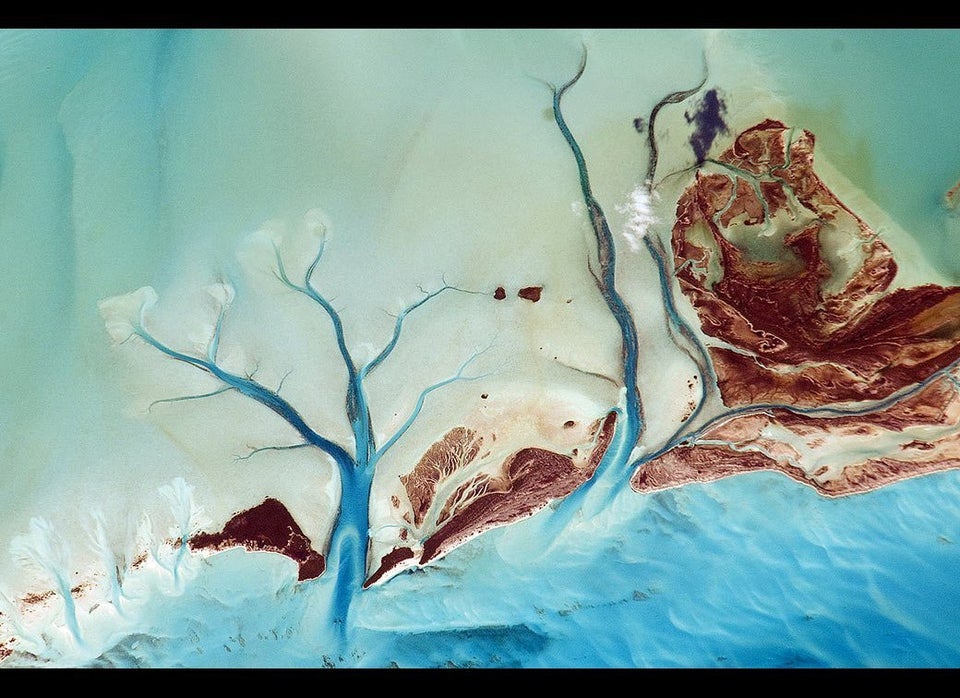The giant impact hypothesis -- the popular belief that a "planetary embryo" called Theia collided with Earth some 4.5 billion years ago, leading to the formation of our planet's moon -- has been around for a while.
But a NASA-funded research team has added an amazing new twist to the idea; that Earth wasn't just sideswiped by Theia, as many have conjectured, but sustained a direct hit and actually absorbed a large portion of the rogue planet.
In other words, Earth is made up of two fused planets -- Earth and Theia -- the study suggests.
"Theia was thoroughly mixed into both the Earth and the moon, and evenly dispersed between them," lead author Edward Young, a professor at the University of California, Los Angeles, said in a statement.

For their study, the UCLA-led team compared the chemical signatures of moon rocks with volcanic rocks from Hawaii and Arizona.
If Earth and Theia had collided in a glancing side blow, as the giant impact hypothesis suggests, the moon would be mostly made up of Theia, and the Earth and moon would have different chemical structures, UCLA said in its statement.
But that's not what the researchers found.
"We don’t see any difference between the Earth’s and the moon’s oxygen isotopes; they’re indistinguishable," Young said.
That suggests the two collided head-on, with Theia becoming large parts Earth and moon, researchers said.
And just like that, Mother Earth became Mothers Earth.

